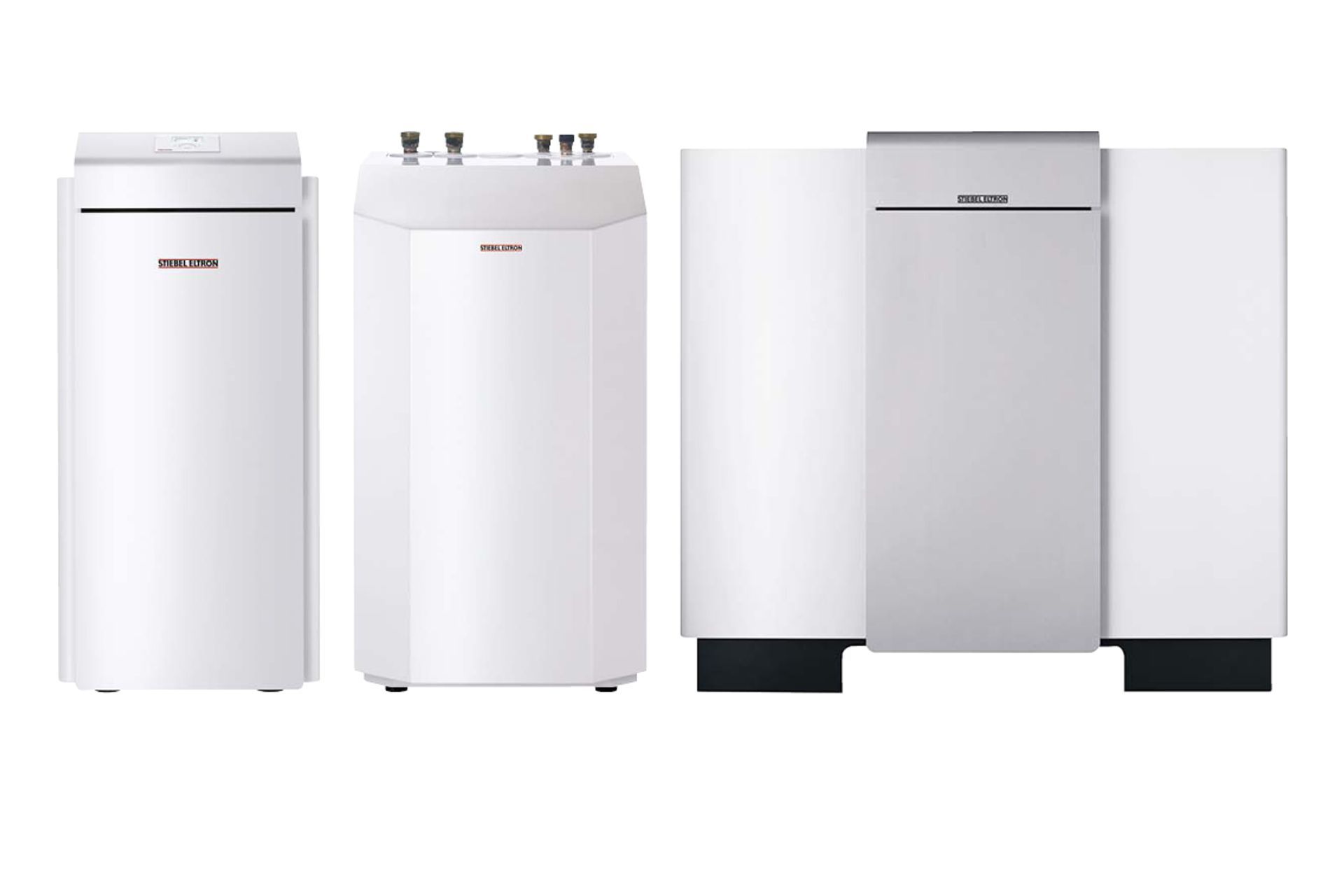The power of the earth: how to heat your home with energy from below the ground
Written by
21 July 2020
•
4 min read

Geothermal heat pumps are the latest in green heating and their power is catching on fast in New Zealand, following in the footsteps of various European countries where the technology is commonplace.
Imagine a series of pipes descending 70 to 150 metres into the earth beneath your house to where the temperature remains constant year round—irrelevant of whether the temperature above ground is 20 degrees below zero or 30 above.
Now imagine liquid circulating through those pipes, in the process being heated by the earth’s inherent warmth, returning above ground—where that heat energy is captured and used to heat your house, water, pool or in fact whatever it is that requires heating—before being resent into the earth, all with minimal cost and limited impact on the environment.
What are the benefits of geothermal hydronic heat pumps?
It’s a technology that represents the future of renewable heating and it costs approximately one fifth of what a comparable electric hot water system would to run, Stiebel Eltron’s Jason Kerr explains.
“Geothermal heat pumps are so effective because rather than using air, they draw energy from the earth where the temperature is stable year round. In comparison to extracting energy from the air, the efficiencies are significant.”
Stiebel Eltron first launched its range of geothermal hydronic heat pumps in New Zealand in 2016 and the technology is fast gaining momentum in Aotearoa with more than 50 systems installed to date.
“When we launched the range, we sent a group of installers to Germany for specialist training and until now those installers have been able to meet nationwide demand. Now that is increasing, we are in the process of partnering with and training more specialist installers. As a system, it’s simple to run but it’s not a straightforward system to install,” Jason says. “It requires an expert to firstly test the ground beneath the site to ensure the required energy can be extracted and then to correctly install and set up the system.”

What are the options for geothermal heat pump systems?
Stiebel Eltron’s range of geothermal hydronic heat pumps means any sized house, pool or hot water system can be heated year round. “We can provide solutions ranging from 7kW output right through to 1000kW output, which will comfortably heat large houses and buildings for a much lower cost than other heating methods,” Jason explains.
“One of the reasons people go for this is because you get a coefficient of performance of just over five, which means it is 500 per cent more efficient than standard electric systems.”

Case study: geothermal heating at Pumpkin Hill House, Coromandel
Earlier this year, Stiebel Eltron installed a 35kW geothermal hydronic heat pump system at a house in the Coromandel with the intention of it being used to run a whole-house underfloor heating system, pool heating and domestic hot water.
“The house is around 700m2 and comprises the main house with self-contained guest accommodation above,” Jason says. “The guest floor is heated via a separate heating circuit, which is only switched on when needed, preventing unnecessary heating of unused space. The geothermal heat pump is installed in the garage, which also serves as the plant room and is around 15 meters away from the house itself. The 90m3 infinity pool, which is heated whenever required via a pool heat exchanger, in summer or in winter, is located almost 50 meters from the plant room.
“The system consists of a WPF 35 heat pump with a 700L (SBP 700 E) buffer tank and an 800L instantaneous hot water tank (SBS 801 W). This tank has a special stainless-steel coil component running from the bottom to the top, through which cold water passes and is heated. This technology is especially advantageous if the house is to remain unoccupied for long periods of time, as the coil itself contains less than 40 litres of water and can be easily drained and turned off. A standard hot water tank, on the other hand, would have to remain on the whole time, wasting energy, or be completely drained to prevent bacteria from contaminating the tank.
“The whole system is linked to a heat pump controller that determines the order of priority between the three requirements. That priority is always hot water followed by underfloor heating and then the pool,” Jason says. “In this way, the system will always prioritise the right element.
“A separate wireless controller, called Z Wave, can be used to control the temperature within individual rooms to ensure the optimum comfort level is experienced by all family members..”
Find out more about harnessing the power of the earth and installing a geothermal hydronic heat pump.